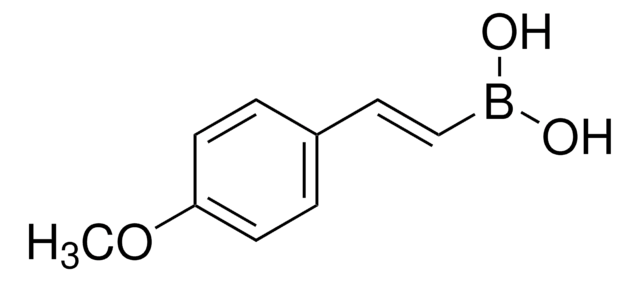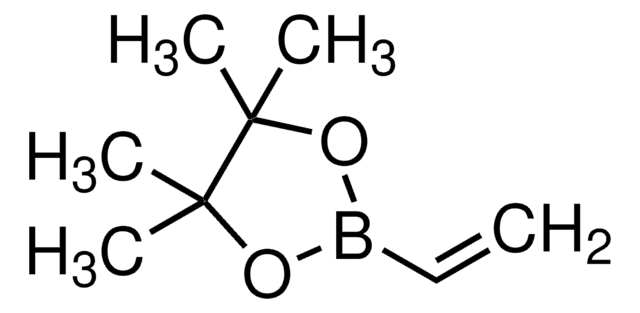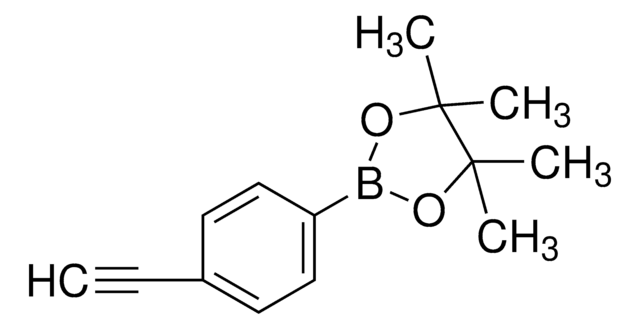710210
(E)-3-(tert-Butyldimethylsilyloxy)propene-1-yl-boronic acid pinacol ester
97%
Synonym(s):
(E)-2-[3-[[(1,1-Dimethylethyl)dimethylsilyl]oxy]-1-propenyl]-4,4,5,5-tetramethyl-1,3,2-dioxaborolane, 2-[(1E)-3-[[(1,1-Dimethylethyl)dimethylsilyl]oxy]-1-propenyl]-4,4,5,5-tetramethyl-1,3,2-dioxaborolane, tert-Butyldimethyl[[(2E)-3-(4,4,5,5-tetramethyl-1,3,2-dioxaborolan-2-yl)prop-2-en-1-yl]oxy]silane
About This Item
Recommended Products
Quality Level
assay
97%
form
liquid
density
0.910 g/mL at 25 °C
SMILES string
CC(C)(C)[Si](C)(C)OC\C=C\B1OC(C)(C)C(C)(C)O1
InChI
1S/C15H31BO3Si/c1-13(2,3)20(8,9)17-12-10-11-16-18-14(4,5)15(6,7)19-16/h10-11H,12H2,1-9H3/b11-10+
InChI key
LUURLZJMKOVITO-ZHACJKMWSA-N
Application
- Palladium-catalyzed Suzuki-Miyaura coupling reaction.
- The synthesis of anti-homoallylic alcohols by allylation reaction with aldehydes in the presence of iridium complex-catalyst.
- The preparation of α-imino aldehydes.
Storage Class
10 - Combustible liquids
wgk_germany
WGK 2
flash_point_f
Not applicable
flash_point_c
Not applicable
Choose from one of the most recent versions:
Certificates of Analysis (COA)
Don't see the Right Version?
If you require a particular version, you can look up a specific certificate by the Lot or Batch number.
Already Own This Product?
Find documentation for the products that you have recently purchased in the Document Library.
Articles
The synthesis of biaryl compounds via the Suzuki–Miyaura coupling reaction has become more commonplace now that many arylboronic acids are readily available.
Our team of scientists has experience in all areas of research including Life Science, Material Science, Chemical Synthesis, Chromatography, Analytical and many others.
Contact Technical Service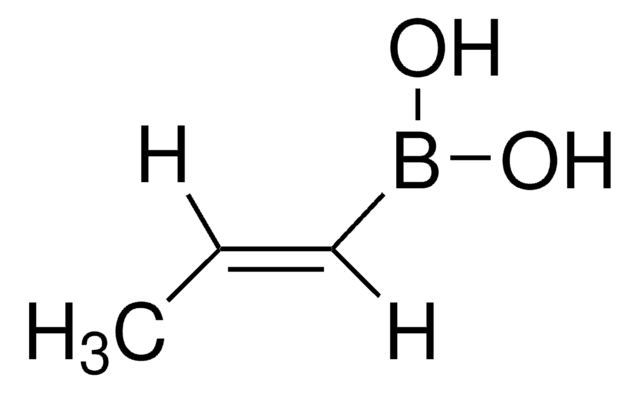


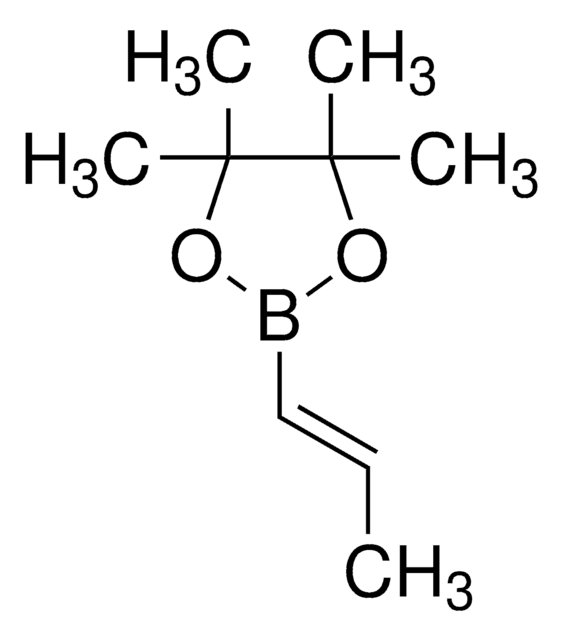
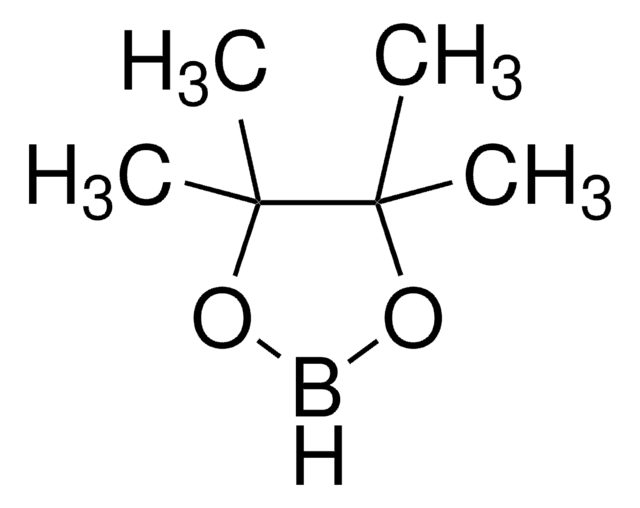
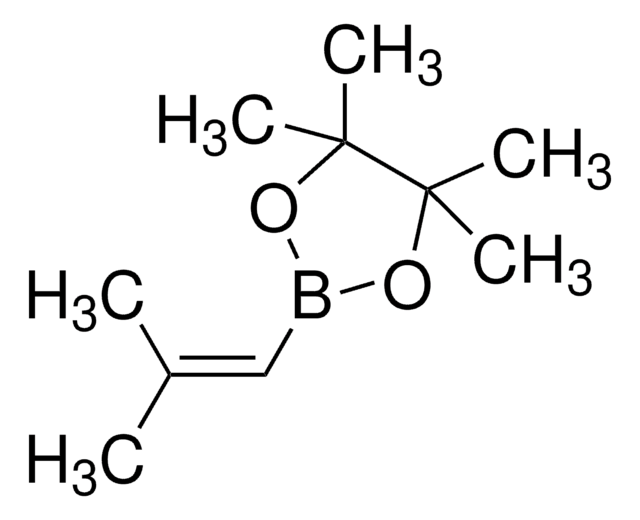
![[1,1′-Bis(diphenylphosphino)ferrocene]dichloropalladium(II)](/deepweb/assets/sigmaaldrich/product/structures/130/734/8846aa26-1858-458a-998d-8c306c13bf0f/640/8846aa26-1858-458a-998d-8c306c13bf0f.png)
